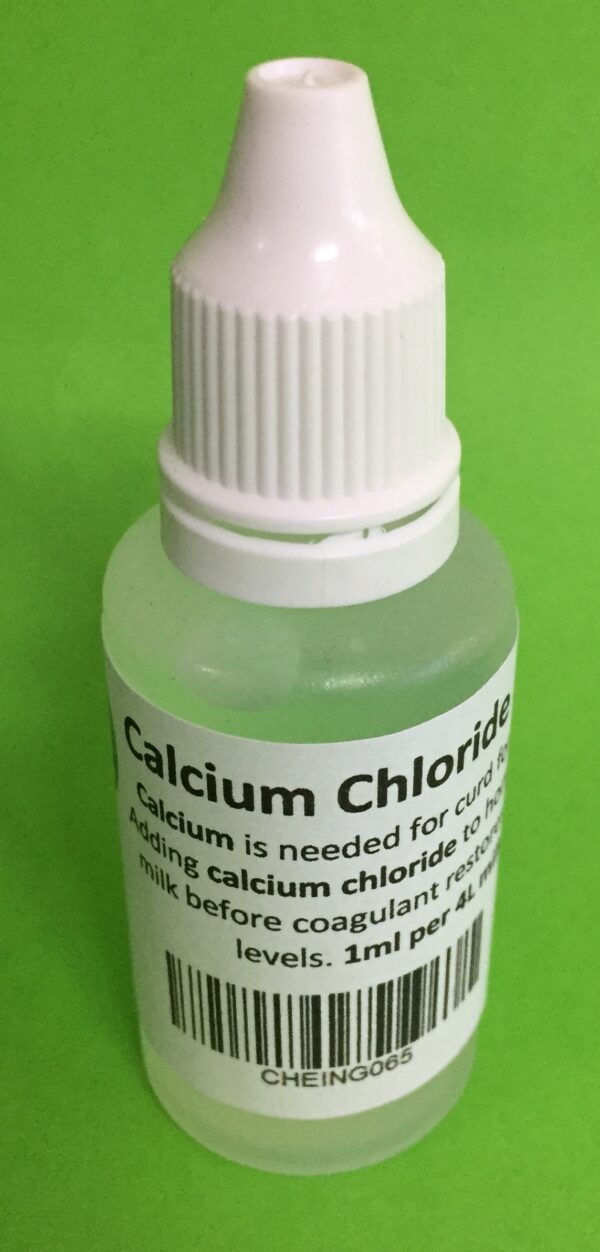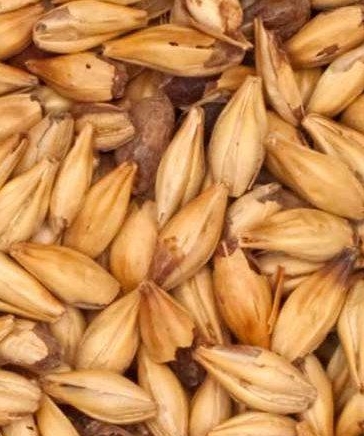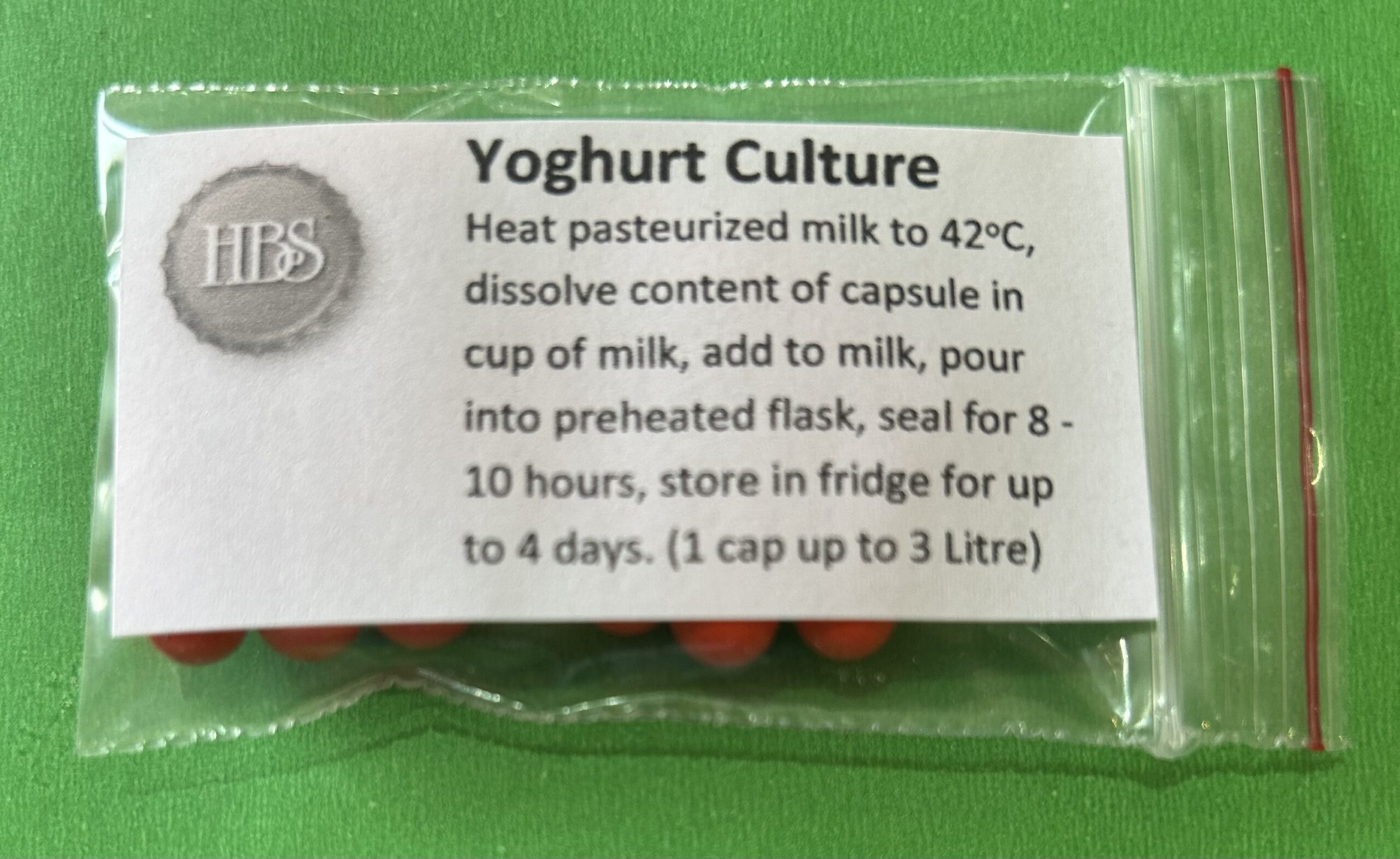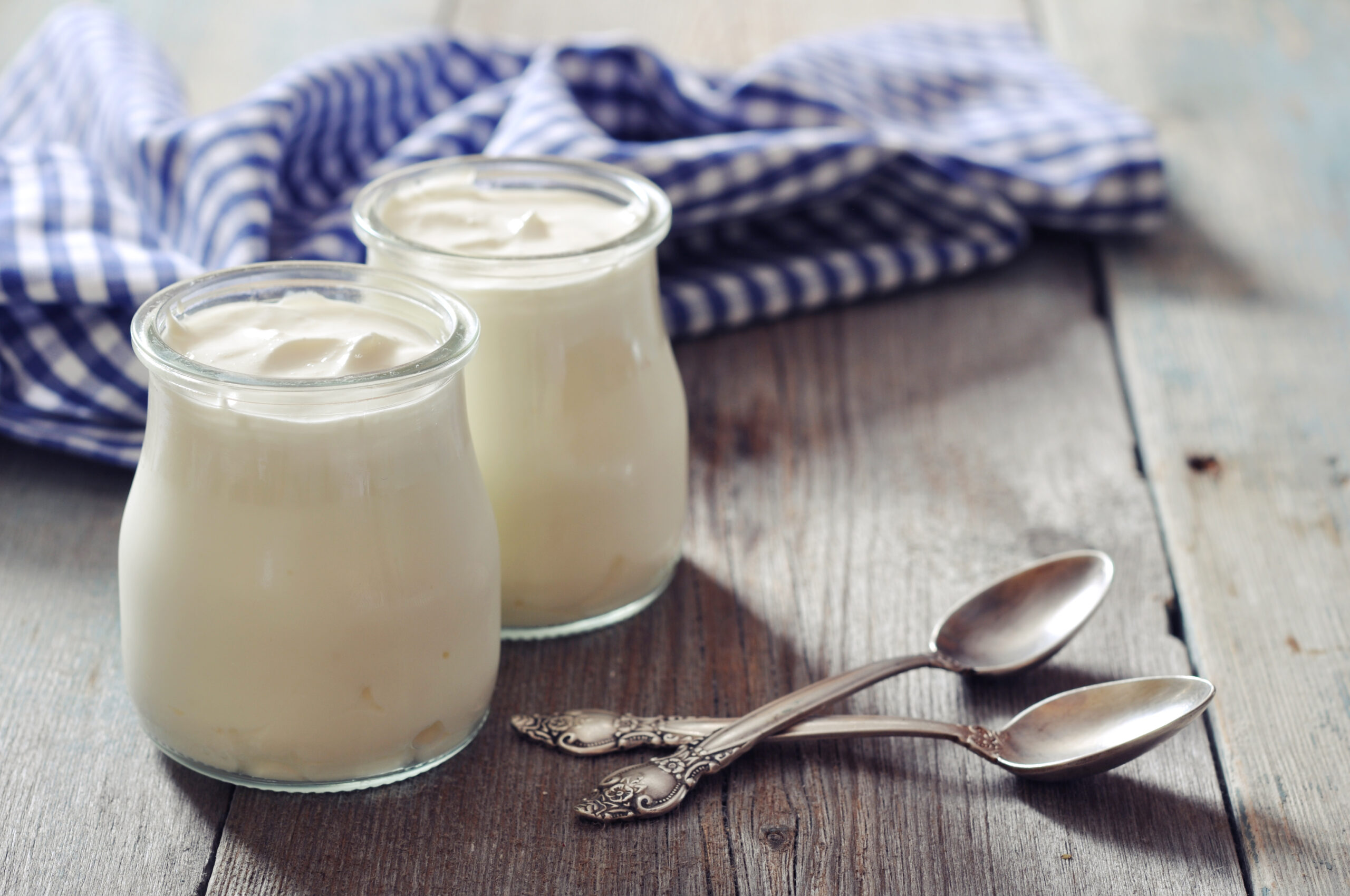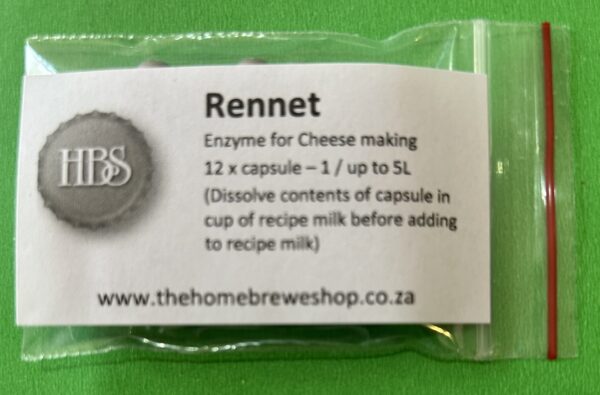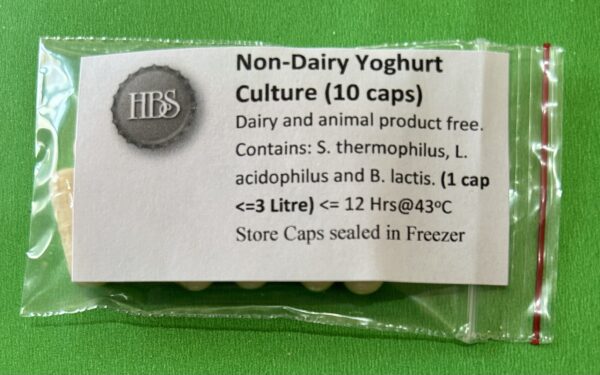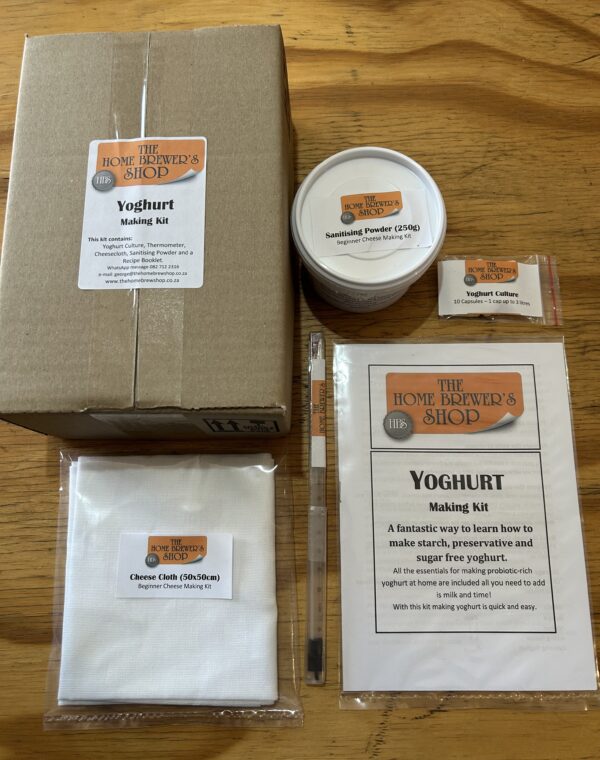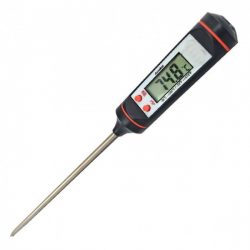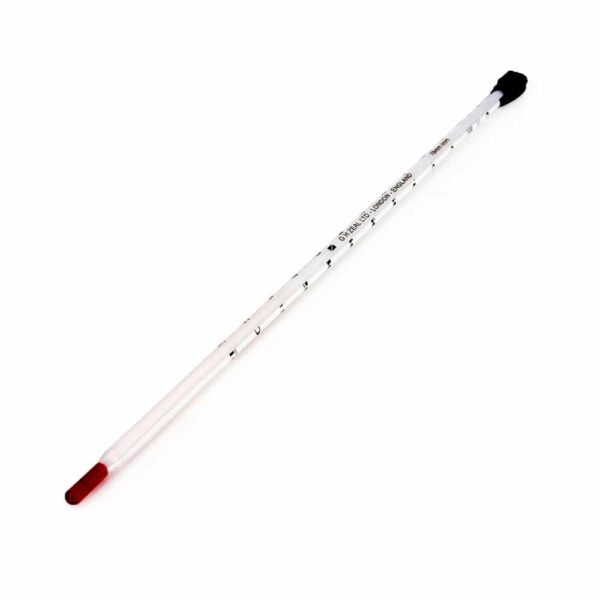Description
Yoghurt culture is a bacteria that consumes lactose. This bacteria converts the lactose in milk to lactic acid, giving yoghurt that classic, tangy taste. Lactic acid production lowers the pH of the milk, which allows yoghurt to be stored longer and changes the protein structure, giving yoghurt its texture. The bacteria cultures include L. delbrueckii subsp. bulgarigus, L. lactis and S. thermophilus.
The flavour of yoghurt can range from mildly sour to quite astringent and varies with the length of culturing time. A longer fermentation time usually yields a tarter-flavoured yoghurt. Homemade yoghurt’s thickness and texture can vary greatly. The culturing temperature and time, and the type of milk used all contribute to the consistency and texture of yoghurt. Yoghurt may be thin enough to drink or thick enough to hold its shape on a plate. For a very thick, Greek-style yoghurt, draining whey is necessary.
Yoghurt Making Recipe
Making healthy, probiotic-rich yoghurt is quick and easy. You can make drinking yoghurt or even Greek-style double cream yoghurt. With no added starch, preservatives or sugar you will be making yoghurt that tastes great and is good for you.
Ingredients
Up to 3 litres of Milk (full cream – not ultra-pasteurised)
1 Yoghurt Culture capsule
45ml Milk Powder (full cream) per litre of milk (optional for thicker yoghurt)
Equipment
Thermometer
Large Spoon or Ladle
Cheesecloth
Colander or Sieve and a bowl to fit
Instructions
Heat Milk
Pour up to 3 litres of milk into a stainless steel pot. Slowly heat the milk to 85°C and hold for 10-20 minutes. Gently stir the milk while heating to stop it from catching.
Cool Milk
After 10-20 minutes, quickly cool the milk down to 40-44°C by putting the pot in a sink filled with cold water. Using your thermometer check the temperature often to make sure you don’t cool it too much.
Add Culture
When the milk reaches 40-44°C, add the contents of the yoghurt culture capsule. Sprinkle it onto the milk and mix in thoroughly using an up-and-down stirring motion. Pro-tip: Instead of adding a yoghurt culture capsule, you can use 1 heaped tbsp of previously cultured yoghurt, per litre of milk. Only use previously cultured yoghurt 8-10 times then make a fresh batch with a culture capsule. This is because the culture balance in the yoghurt will change and alter the flavour and acid balance.
Culture Yoghurt
Using Thermos flasks, a yoghurt maker or an insulated container let the milk culture for 8 to 10 hours at 40-44°C. Pro-tip: The culturing time determines the thickness, texture and taste of your yoghurt. A longer time and/or a higher temperature makes a yoghurt that is thicker and tangier. A shorter time and/or lower temperatures makes a thinner yoghurt with a sweeter taste.
Cool Yoghurt
When the taste of the yoghurt is perfect put it in the fridge to cool as quickly as possible.
Pro-tip: The cooled yoghurt will be thicker so the culturing time should be based on the taste.
Making Greek Style or Strained Yoghurt
Greek style or strained yoghurt has a richer flavour and creamier texture. This can be nice to mix with fruit or granola. This style of yoghurt has less lactose because most of the left over lactose is drained off with the whey. Put your finished yoghurt into a cheesecloth-lined colander or sieve with a bowl under it.
Cover and let it strain for a few hours until it thickens. Straining can be done at room temperature or in the fridge. For very thick yoghurt drain at room temperature for a longer time. Once it has the thickness you want, put it in a container with a close-fitting lid and keep it in the fridge.


